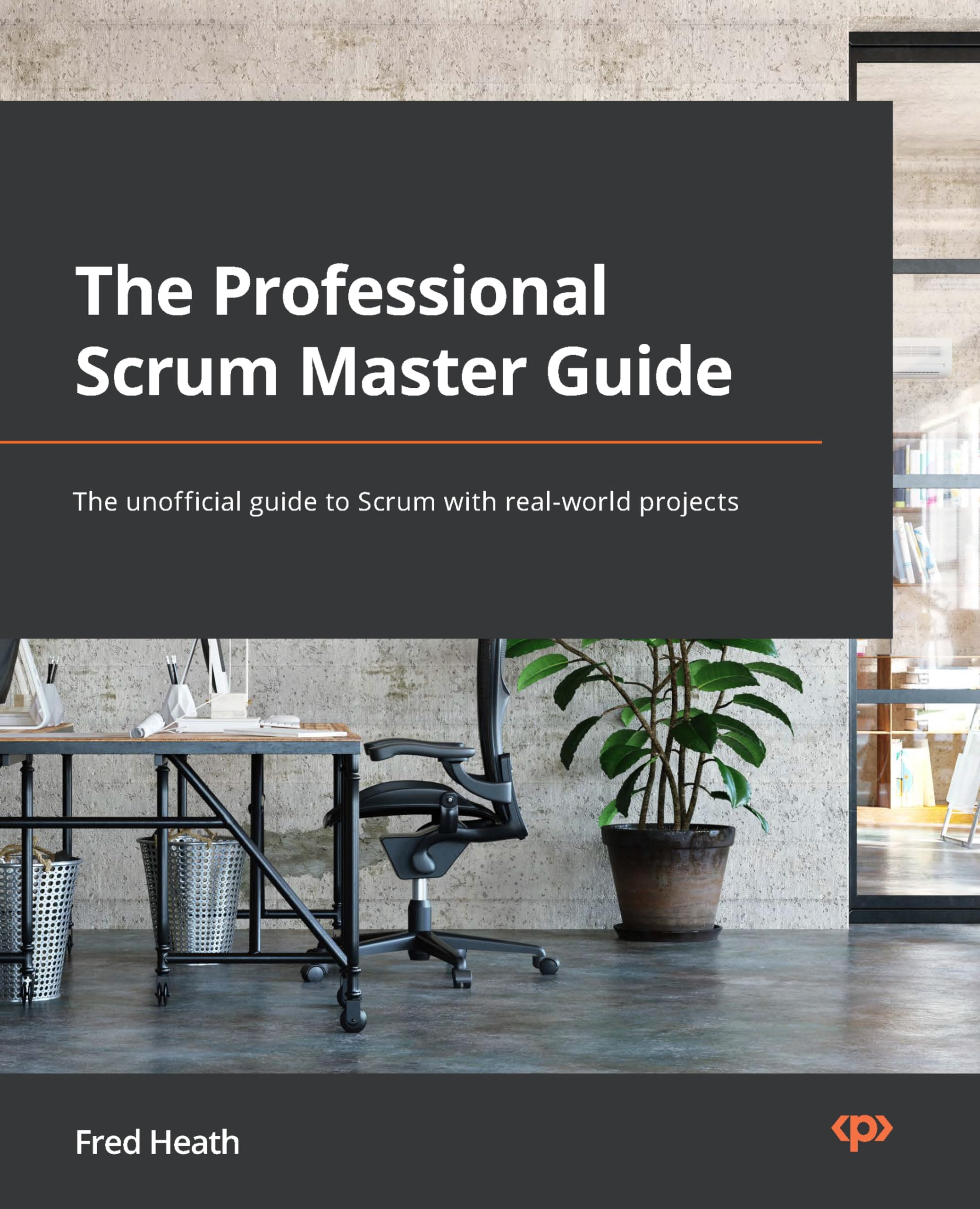Customer Services
Copyright © 2025 Desertcart Holdings Limited
Desert Online General Trading LLC
Dubai, United Arab Emirates


Full description not available
C**E
This Book was Essential in Passing the PSM-I
On my first attempt at attaining the PSM-I certification, I failed, after reading the Scrum Guide and the "Definitive Guide to PSM-I". I found the questions asked in the exam did not correspond, in enough instances, to the SCRUM guide. However, the material in "The Professional Scrum Master (PSM I) Guide: Successfully practice Scrum with real-world projects and achieve your PSM I certification with confidence", covered scenarios that were posited in the PSM-I certification test. I think, if you want to pass the PSM-I, as I have, read the SCRUM guide, but supplement it with this book!
R**A
Great book
The questions after each chapter was very helpful
T**Y
Step by Step Scrum
Exactly as promised, this book delivers a step by step guide to the PSMI certification. Each chapter offers on-point questions as well as an end of text exam to practice your certification skills. Some books spend time discussing the back and forth aspects of planning with scrum compared to other methods. Not this one. Again, exactly as promised, this work focuses in on the key elements needed to make scrum practices work in your team or organization. Starting with an overview of theory and principles, the text rapidly accelerates to those aspects needed to make every scrum successful.The text’s major portions describe establishing a scrum pattern, coordinating daily ceremonies, setting up the board, and estimating work. These aspects are all integral parts and necessary but I wish they had spent a little more time talking about some of the various tools to automate these practices. Solutions like Jira, Trello, Jet brains, and Detsy all offer quick ways to accelerate scrum and Mr. Heath remains committed to manual solutions. Relatively straight-forward, the text is also light on describing some of the routine challenges scrum teams face and spends less than a page overall on dealing with retrospectives, to my mind, one of the most important aspects of the scrum process.If you need a guide to help pass the PSM, this is your book. If you are already committed to scrum, and looking for advanced options, this is probably the book to help your team learn the basics.
E**G
Great for any Agile Practitioner
This is a great primer to the foundations of Agile and the pathway to certification using the PSM path. One methods the author uses, which I find particularly useful is a Q and A format to help the reader better understand the material through mock conversations. It helps to digest the more complex concepts and roles, and also helps to communicate common practices using real world examples.Let me be clear, as a certified PSM and practicing Agile/DevOps implementation SME I think this is a great companion guide and overall Agile reference. This is not a PSM certification test prep book, although it does have great content that would certainly assist in passing the exam. I recommend this to anyone who is a practicing PSM, or first time Scrum Master looking for a great SOP on implementing Agile-Scrum.I also like that the book expands upon software development frameworks and DevOps which is key to being a successful PSM- think like an introduction to continuous integration, continuous delivery, and GitOps practices. It also touches on other topics like remote management of teams and managing technical debt, which reflects the practical application of theoretical knowledge. Scaling Scrum is introduced, but not discussed in depth, which makes sense as this is a foundations book.Overall I recommend this book to anyone seeking to expand their knowledge of Agile.
E**E
The Professional Scrum Master (PSM I) Guide
The Professional Scrum Master (PSM 1) guide by Fred Heath provides a really solid introduction to the principles of Scrum as a project management tool. Unlike similar guides that focus exclusively on using Scrum for software development, the author of this book has organized the content to meet the needs of professionals in charge of ALL types of projects.I especially liked how the author made Artifacts its own chapter. If you’re new to Scrum, Artifacts are often talked about in terms of project backlogs and scope creep – but as the author of this book makes clear, in Scrum the concept is really all about transparency and keeping the communication lines open so that projects that have a lot of interdependencies can be successful.As an added bonus, the book serves as an excellent study guide for the PSM 1 certification offered by Scrum.org. (If you’ve never heard about this cert, it’s a cost-effective alternative to the PMP certification and in smaller companies can have the same punch re: salary.) There are no official pre-requisites for taking the exam, it can be taken online and the cost is quite reasonable considering the value this cert offers.I'll be using this book for staff development -- it's got some great discussion questions at the end of chapters. Highly recommend it.
M**R
Must read if you are a Scrum Master or use Agile for your projects
Agile project methodology has benefited only if it is truly understood and followed with disciplines.A lot of projects on paper say they follow agile but they are not because not everyone on the team understands the mindset of Agile.This book in three sections covers everything you need to understand Agile. Bonus it prepares you for the PSM certification.Every chapter has some quiz. I personally like quizzes as it asserts if I have successfully understood the content covered in the chapter.Overall this is a great book if you are a beginner to Agile development methodolgoy.
Trustpilot
1 month ago
1 week ago